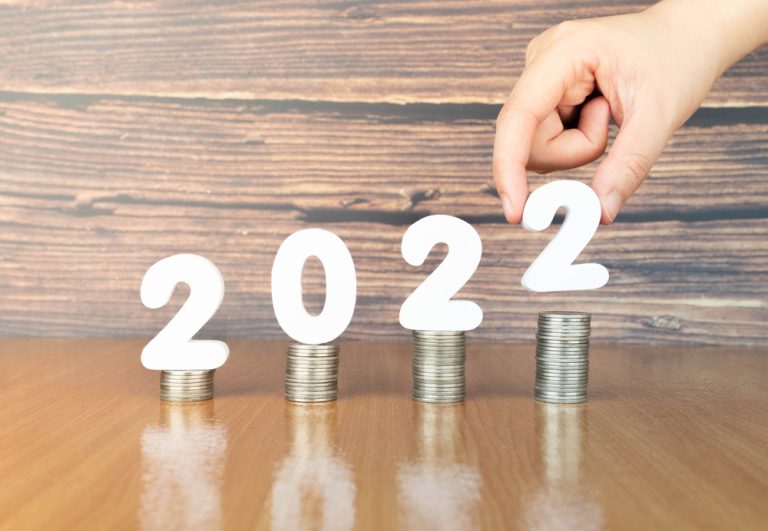Why Budgeting Sucks (and What to Do Instead)
Why Traditional Budgeting Fails We’ve all been told that the key to managing money is to create a budget and stick to it. Track every dollar, set spending limits, and…

Why Traditional Budgeting Fails We’ve all been told that the key to managing money is to create a budget and stick to it. Track every dollar, set spending limits, and…

Struggling to keep track of multiple debt payments each month? For many Australian homeowners, juggling different debts—whether it’s credit card balances, personal loans, or mortgage repayments—can become overwhelming. Debt consolidation…

Achieving a high income is a significant accomplishment. You’ve put in the hard yards, climbed the ladder, and now you’re pulling in the big bucks! But don’t be mistaken; a…

The new financial year provides an opportunity for a fresh start for your finances. Make this the financial year you get on top of yours… for good! We’ve broken it…

Generally speaking, we Australians are pretty financially savvy, that is, we understand the how and why of effectively managing our money. Unfortunately, that doesn’t mean we’re actually putting that know-how…

Australian Bureau of Statistics, (ABS) figures indicate that between 2017-2018 and 2019-2020 total average household debt rose from $190,000 to $204,000. That’s an increase of over 7% in two years! …

Resilience is the ability to quickly recover from setbacks, and while setbacks can come in many forms most of them will have a financial component. So what can you do…

We’ve all experienced it… the undeniable allure of post-Christmas sales. No sooner has Christmas wrapped up for the year than the frenzy of Boxing Day Sales descends upon us. Every…

In the ever-fluctuating world of economics, recessions are an inevitable part of the financial cycle. While they can be daunting, understanding their nature and preparing for their impact can make…

Spring is the perfect time to rejuvenate your financial habits as well as your garden! Here are 5 ways to set you, and your garden, up for success: 1. Plan…

Think back to when you got your first job and that sweet taste of financial independence. Regardless of what age you started working, it’s unlikely you knew how to manage…

When building a home, it’s often said that the foundations are the most important part. Their primary purpose is to hold your house up – supporting the structure and preventing…

Debt can be overwhelming and stressful, but creating a plan to pay it off can help ease that burden. In Australia, household debt is on the rise, with the average…

If you’re a freelancer or contractor or maybe even a consultant then you’re part of the “gig economy”. Gone is the job for life, or even a job in the…

While the standard of living is constantly improving in Australia, economic disruptions, stagnant wage growth and continually increasing house prices are putting more and more people under financial stress. A…

Just as the Grinch stole Christmas, excess spending can rob us all of yuletide happiness. Seasonal credit card splurges can create ballooning long term debt, while unnecessary consumption inevitably leads…

Move over debit and credit cards; consumers are flocking to Buy Now Pay Later (BNPL) services. Afterpay, Zip Pay and several similar payment solutions allow shoppers to take home their…

While retirement should be the best years of your life, many Australians make simple, avoidable mistakes with their finances that can leave them without the funds to really enjoy life….

Credit cards certainly make life easier – they are simple to use, accepted almost everywhere, and help you to buy what you want, when you want, particularly online. So much…

Talk about hammering the plastic. In November 2021, Australia’s 13.2 million credit card accounts were used to make over 292 million transactions with a total value of $31.9 billion. Card…

There are three key components to a successful savings strategy. The first is some surplus cash; an amount of money you can regularly set aside in your quest to become…

Another year is over. Did you achieve everything you’d hoped? Are you better or worse off financially than you were this time last year? With a new year in front…

Resilience is the ability to quickly recover from setbacks, and while setbacks can come in many forms most of them will have a financial component. So what can you do…

Prior to COVID, we were steadily moving towards a cashless world. Post 2020, even the most resilient of us has made the leap to tap-and-go payments sooner than we expected….
End of content
End of content